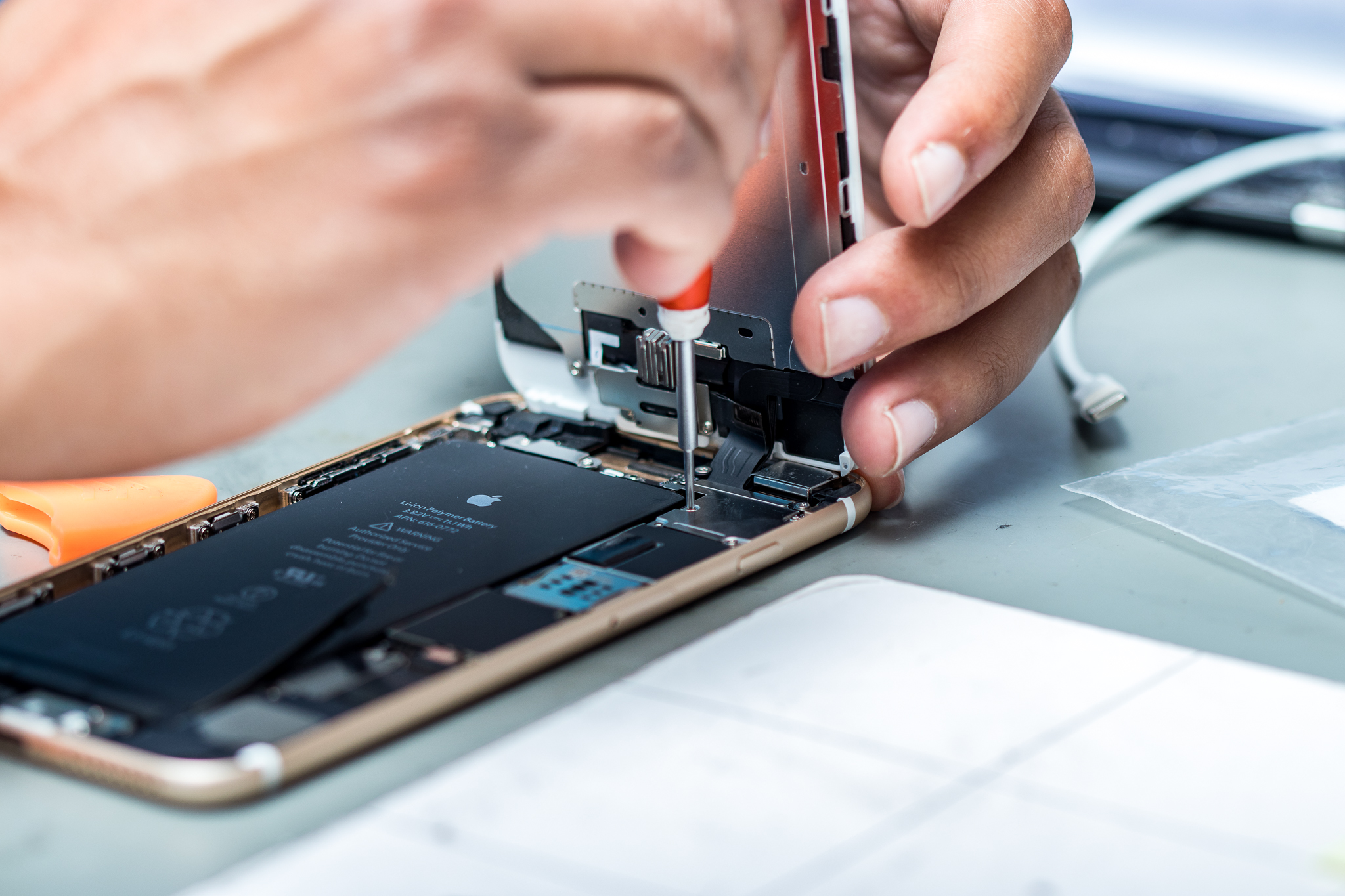
It can be indeed heart-stopping when your iPhone takes an unexpected dive into water. While panic is natural, taking the right actions quickly can make a big difference before seeking iPhone liquid damage repair. This guide outlines what to do right away to give your device the best chance of survival and possibly save some money.
- Don’t Try to Turn It on Right Away: One of the most catastrophic things you can do after exposure to water is to turn on your phone to test whether it is still functioning. This is liable to cause a short circuit and result in more internal damage than the water itself.
- Pull It Out of Power Supplies Promptly: The moment you pull the iPhone out of water, ensure that you unplug it from any charging cable or accessories. Electricity and water don’t mix well, and keeping it plugged in may end up causing heavy internal damage.
- Keep itupright and Still: After drying the outside surface and taking out the SIM card, position the phone upright. This stops water from migrating into other internal compartments, such as the speaker or microphone areas. Lifting or moving the phone may lead to the migration of liquid even further.
- Do Not Use Unproven Drying Tricks: Internet hacks, such as utilizing rice, sound good, but don’t work in drying out internal phone components. Instead, putting your iPhone in rice could potentially put dust or tiny particles into charging ports and speaker holes, making matters worse.
- Use Silica Gel Packets If Available: If you have silica gel packets on hand, put them close to the phone. They are effective in drying out moisture and don’t deposit residue or particulate matter. It’s a superior alternative to rice but not a foolproof one.
- Eject the SIM Card Very Carefully: Removing the SIM tray allows more air into the phone body. It can also prevent the SIM card from being irreparably harmed, especially if it is something you rely on for business or contact information.
- Wait at Least 48 Hours before Testing: Give your iPhone sufficient time to dry out on the inside. Holding off for a minimum of two full days before trying to power it back up will provide sufficient time for the moisture to evaporate. Powered on too early, damage to sensitive parts inside the device will be irreversible.
- Don’t Go the DIY Disassembly Route: Opening your iPhone yourself might void any warranty and even result in a worst-case scenario. The phone contains fragile seals, screws, and parts that should be handled gently. It is better to leave experts to handle the internal checkup and cleaning.
- Water Resistance Isn’t the Same as Waterproof: All iPhones are water-resistant but not damage-proof. Being exposed for long periods or underwater, particularly saltwater or seawater will still cause harm. Handle your phone with care near liquids at all times.
Conclusion
If your phone comes in contact with water, remaining calm and taking the proper actions promptly will help reduce damage. These steps provide the best opportunity for recovery prior to consulting a professional. Always keep in mind that acting wisely may even reduce your iPhone liquid damage repair cost in the long term.






